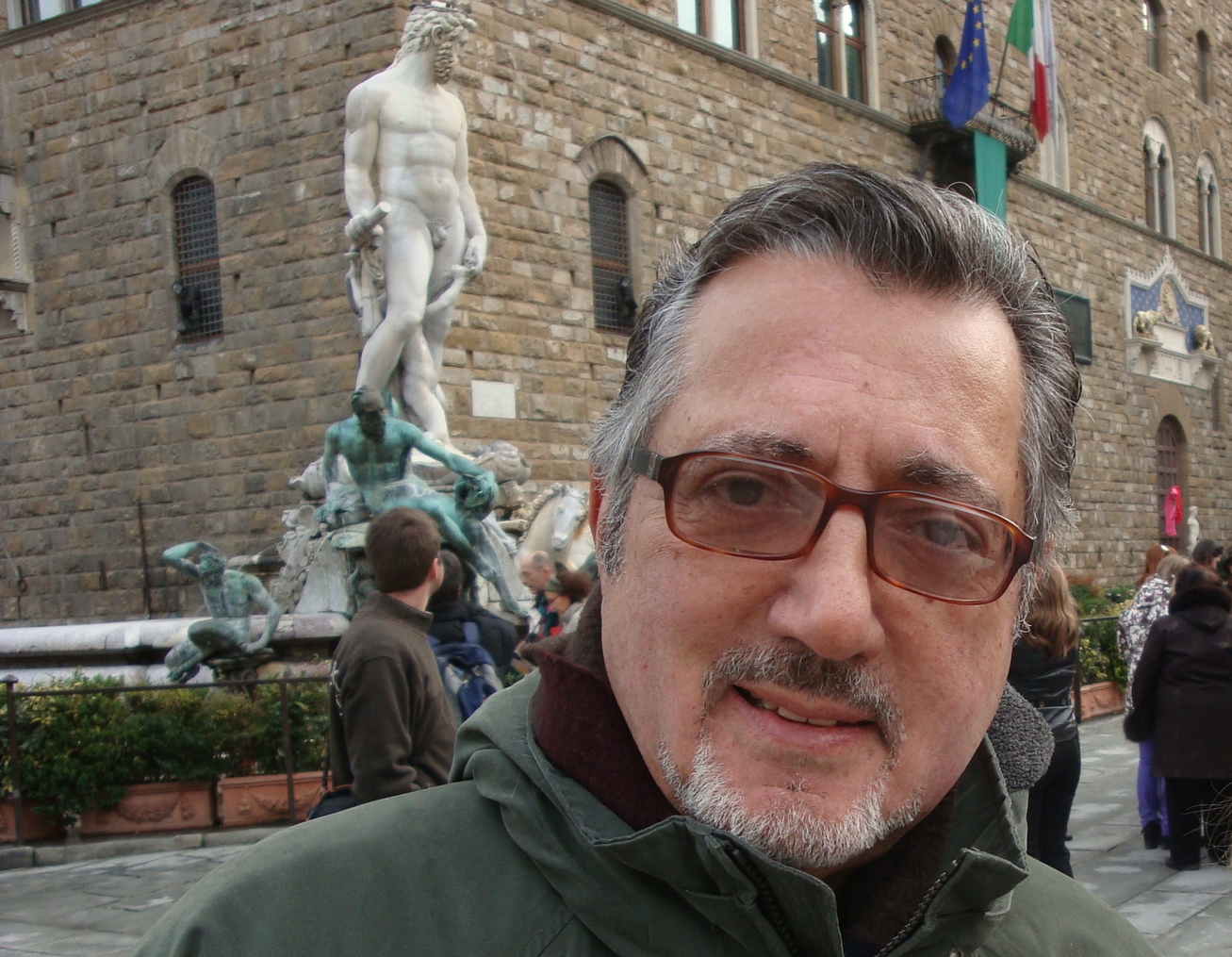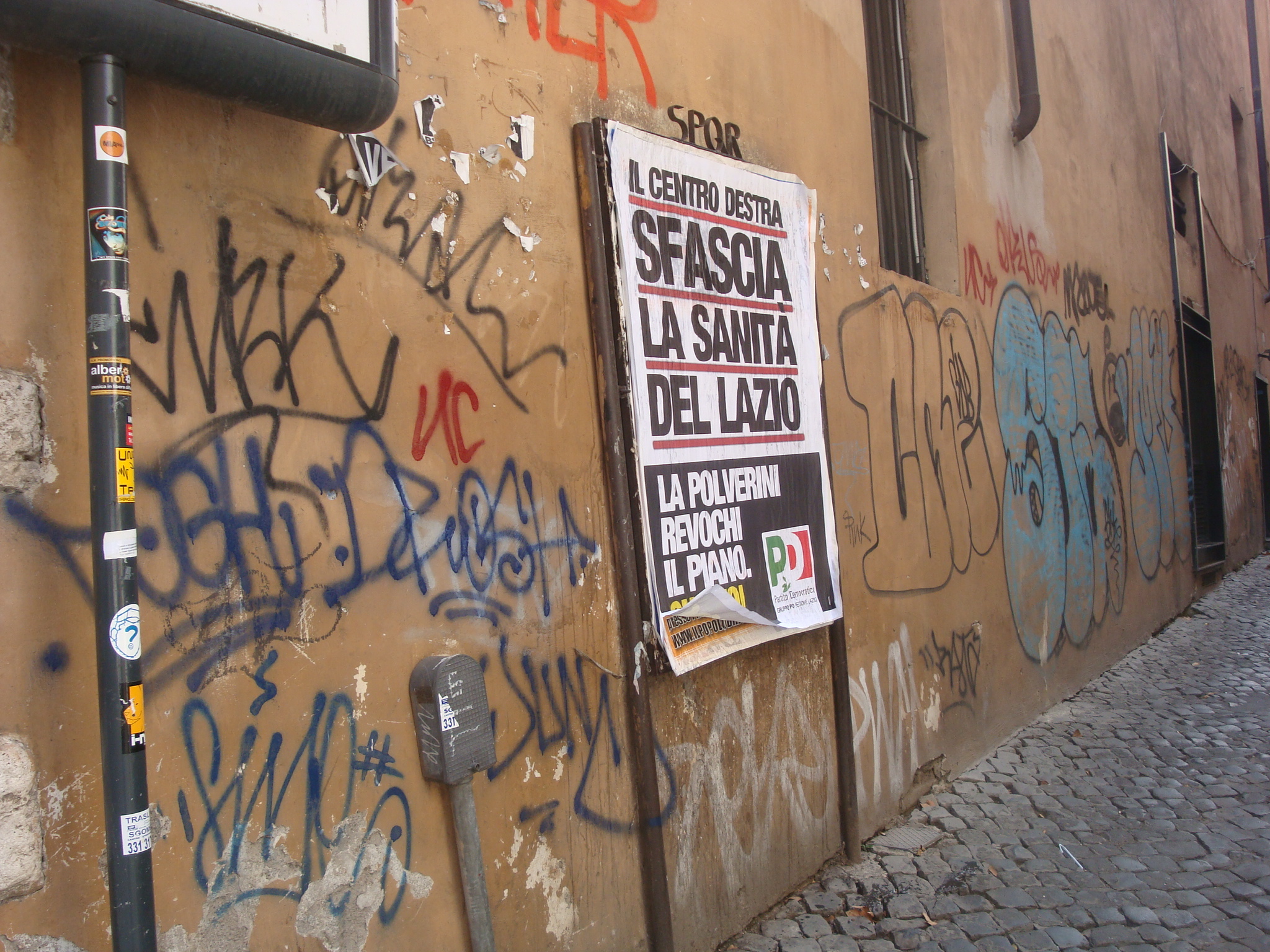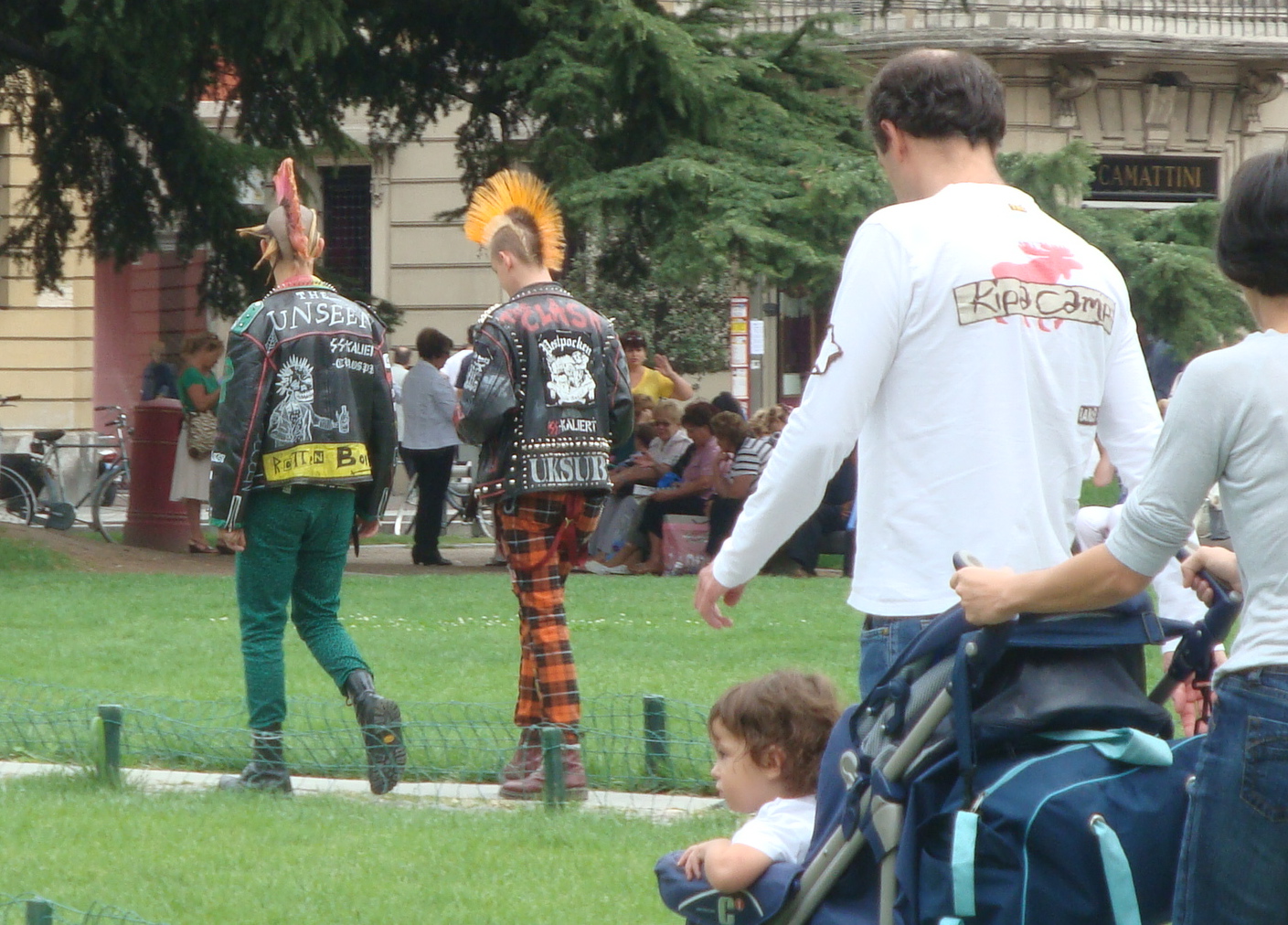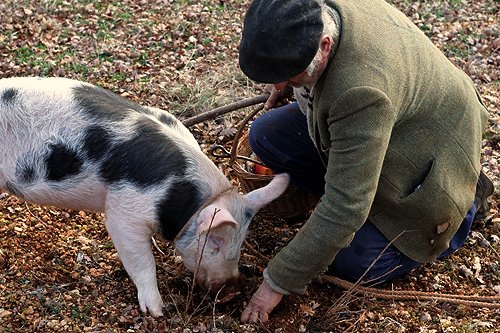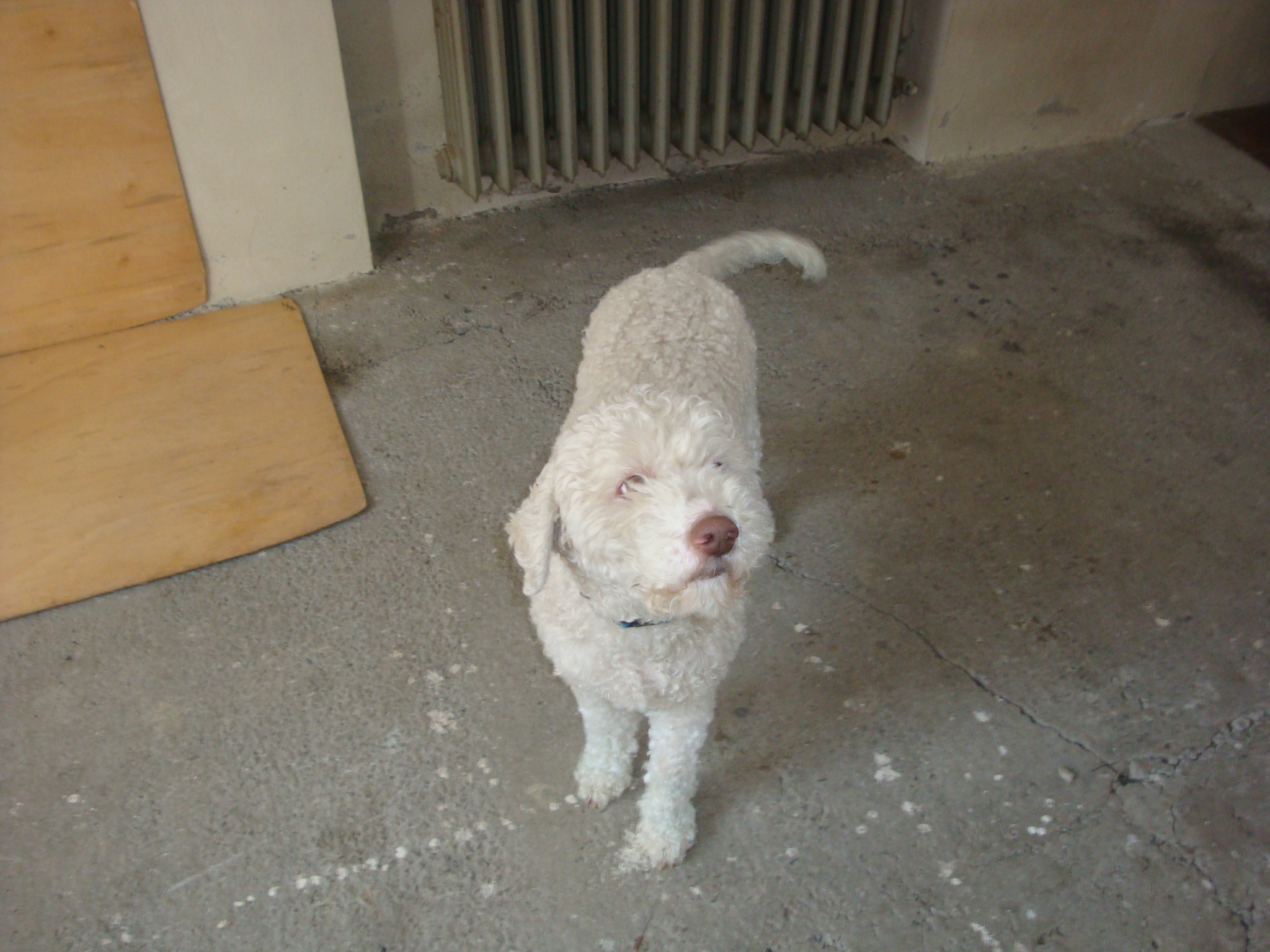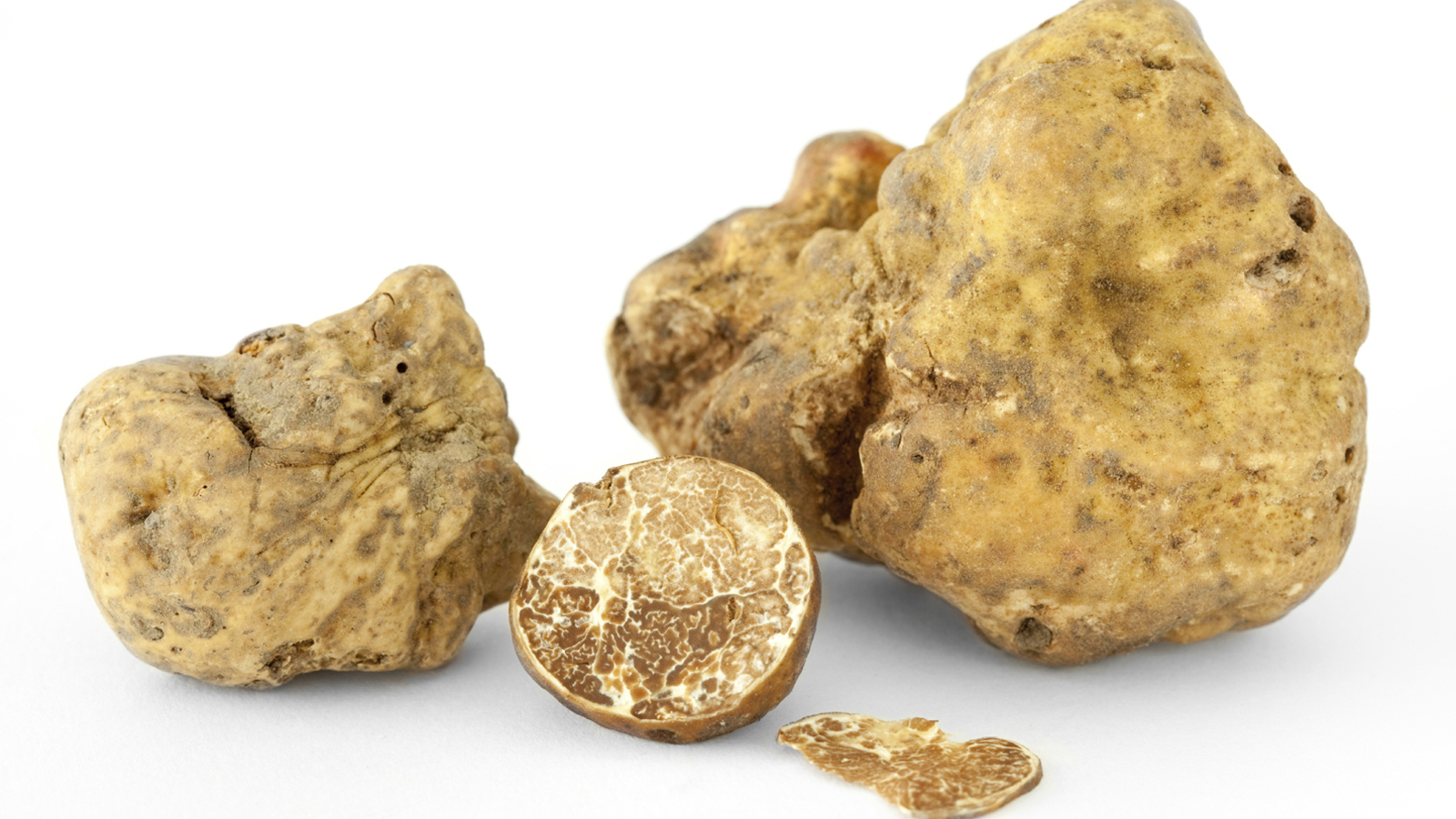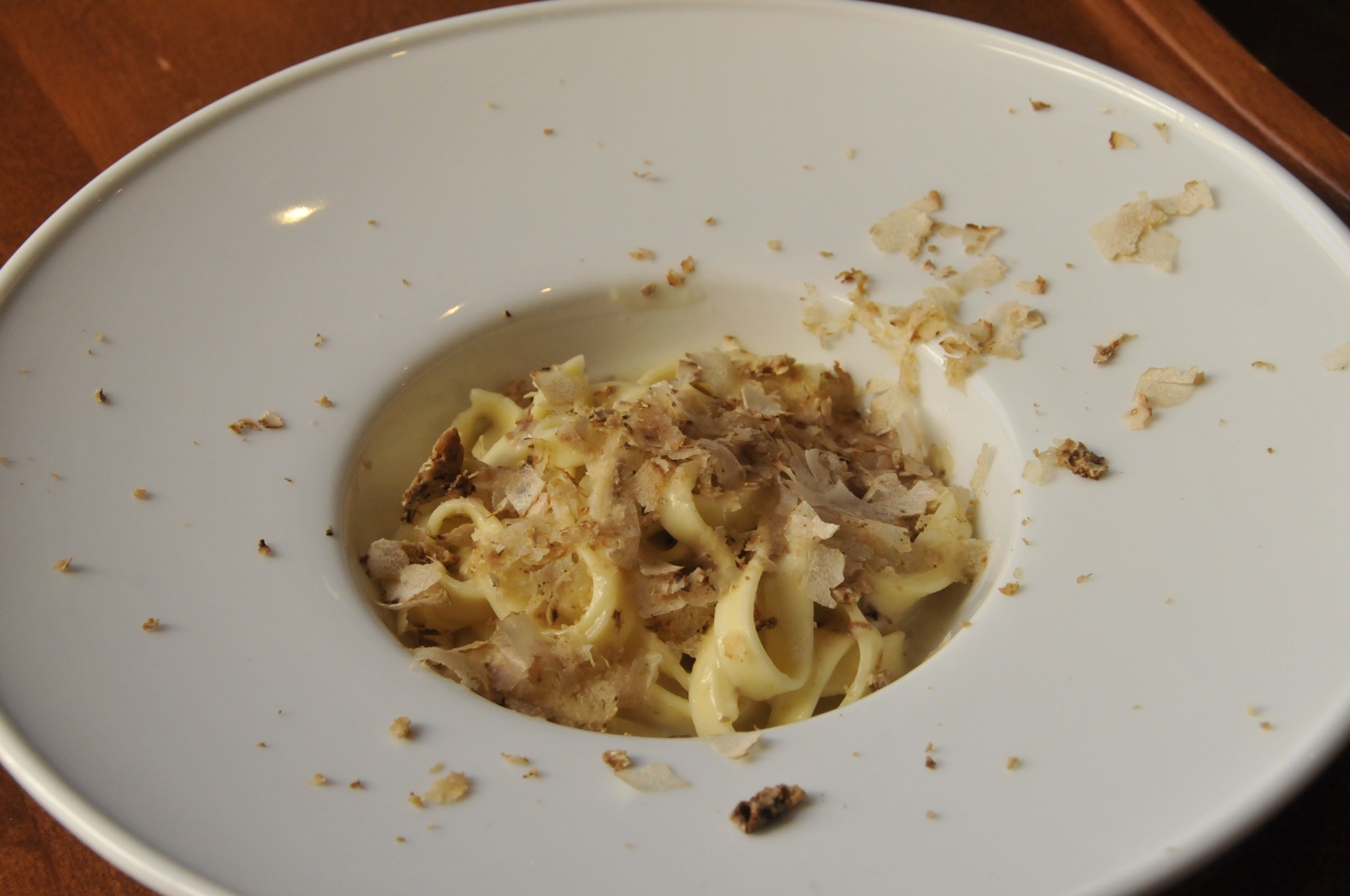Life in Italy
Originally published in BoomerCafe.com
Nancy and John Petralia are two lucky baby boomers: although their home is in Ft. Myers, Florida, they spent a year living in Italy. John even co-wrote a book about it, called Not in a Tuscan Villa. But what he has written about for BoomerCafé isn’t from the book — it’s from his life during that splendid year, on particular one Sunday in the Park with Nancy.
Why can’t I simply enjoy the moment? Here I am, in Parma, Italy, with Nancy. It’s a beautiful Spring day. Sunday. We’re having a picnic in Parco Pace. The Felino salami, Parmigiano, and wine are all exquisite. Birds are singing. Flowers are in bloom. Folks are walking by chatting, smiling, laughing.
Here comes a family on bikes. Cute kids. Oh, no. The mom is smoking! That doesn’t fit the picture.
A man in a white top-hat. That’s more like it. And, these two pretty girls walking hand in hand. Very Italian. Perfect.
What’s this? Two guys with blue Mohawks. Blue Mohawks with orange tips! Wrong! Wrong! Wrong! I ask for Seurat and they give me surreal.
Nancy’s approving laugh is all the permission I need to reprise my rant, the one I was on when the scenery changed the subject.
So here it is again because it’s true. The USA is the only advanced country without a true national health system. If national health is so bad, why do Italians outlive us by 2 1/2 years? They also have a far lower incidence of obesity and diabetes. Probably has something to do with breast-feeding. Women here breast-feed in public. Get it? Diabetes. Obesity. Life Span? Interesting, eh?
John Petralia’s book – Not in a Tuscan Villa – is available at Amazon.com.
My little fill-in-the-blank quiz would drive any ordinary woman crazy, but Nancy simply smiles, sips the Lambrusco, pretends to listen, strokes my hand.
Her touch puts me into high gear.
So, okay, everybody knows about the beneficial effects of red wine. The Italians certainly have us beat there. But listen to this. Yesterday, I read in the New York Times about a Harvard study that proved lonely people die younger. Look at the Italians. Hell, it’s not unusual for three, even four generations, to be living in the same house. There are four generations at my cousin Claudia’s. The place is a virtual commune. Anyway, here, fewer women work outside the home. It’s got to be easier to breast-feed if you’re living in a commune and not working. No?
Don’t get me wrong. I am not obsessing about breasts. The only points I’m contemplating are these: as a percent of GNP, we Americans spend three times as much on healthcare as do Italians, yet our outcomes, life span, and infant mortality, are not nearly as good. It makes no sense.

Okay, okay, here it is if I’m ever President: My fellow Americans, based on scientific evidence gathered by our crack research team in Italy, starting immediately all nursing women will be shipped to communes where they will receive full pay… and… a daily ration of red wine… and all the cigarettes they desire. Thank you for your cooperation. May God bless you and your families and may God bless the United States of America.
Nancy laughs. I smile. We hold hands. We’re in the moment.
Now, snap the picture.

